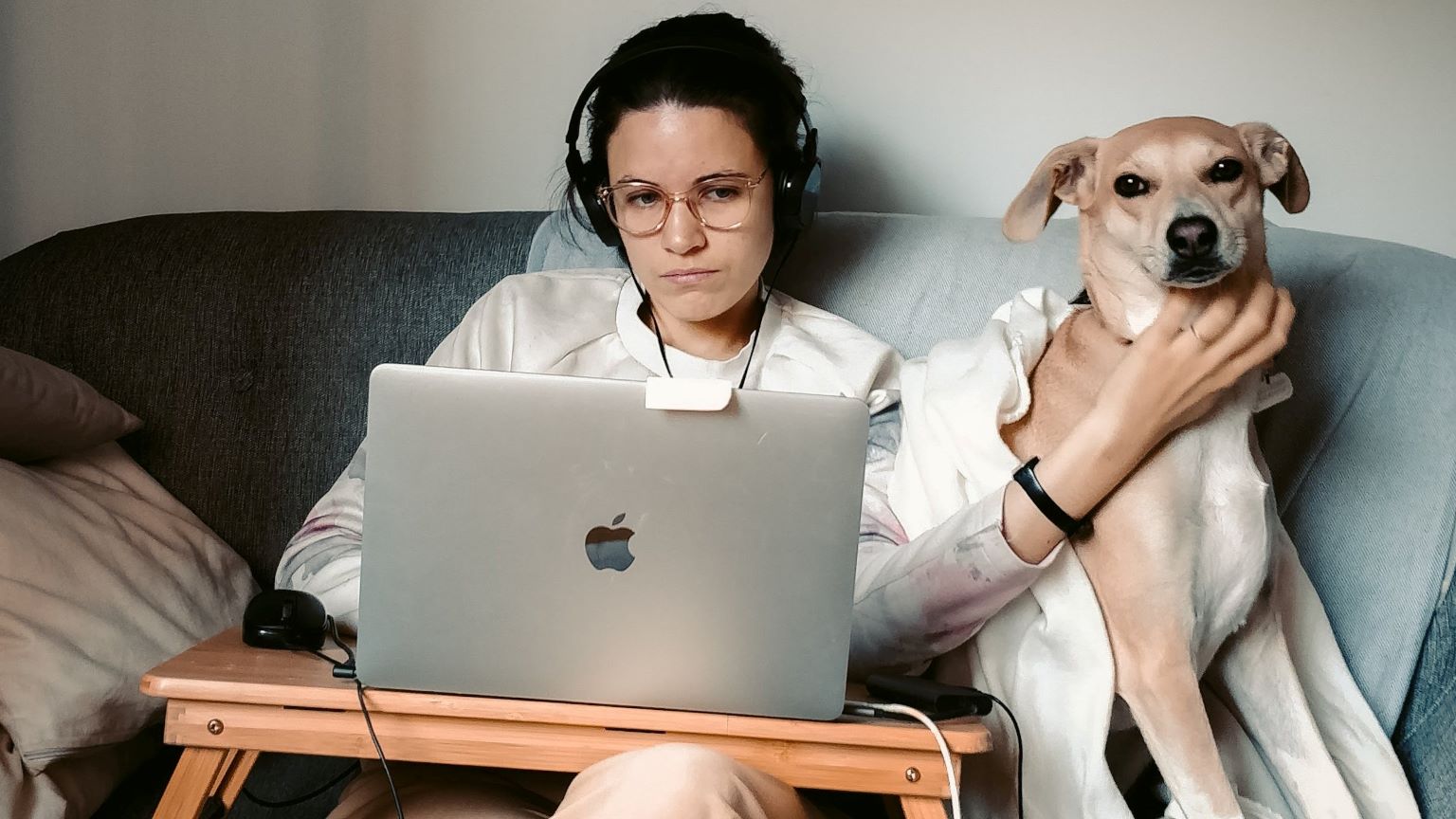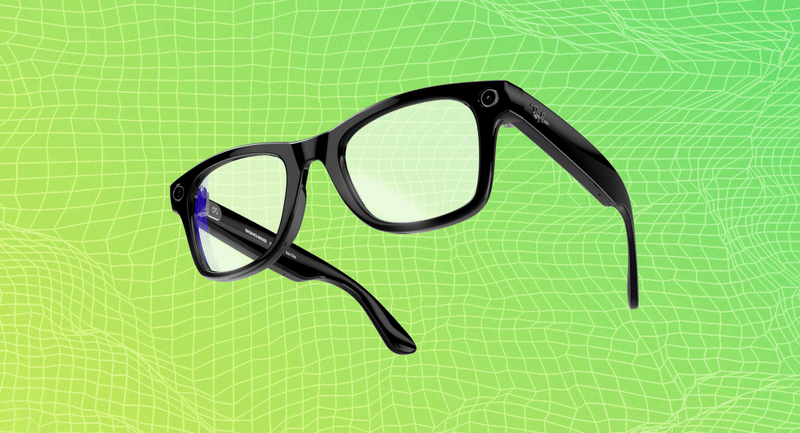A prehistory of Zoom

Video calling services like Zoom and FaceTime have created a brand-new set of experiences, from virtual visits with grandkids to getting caught half-dressed on a roommate’s work call. As communications scholar Hannah Spaulding writes, all this was foretold back in the 1960s, when AT&T introduced the Picturephone.
Spaulding writes that, back when the first televisions were being developed, Bell Laboratories was at work on the concept of two-way audiovisual signals carried on telephone cables. The company actually produced a TV calling product, the Ikonophone, in 1930, but it was only ever installed at the offices of AT&T, which was then a part-owner of Bell.

The companies’ next stab at the idea was the Picturephone, which debuted at the 1964 New York World’s Fair. The device featured a five-inch screen, a camera, a microphone, and speakers.
To get a Picturephone, a customer had to not only buy the device but pay for expensive extra telephone lines to handle the additional data load involved. So AT&T didn’t try to sell them to families. Instead, it installed them in corporate offices to facilitate long-distance meetings and set up Picturephone booths in public places. Two people could make appointments at their respective local booths so that they could talk and see each other across long distances.
AT&T heavily promoted the devices as the next step in telephony’s ability to simulate in-person interactions. It emphasized the way an entire family could gather around the device and talk to distant relatives. The company also predicted that the Picturephone would revolutionize business, replacing in-person meetings and allowing white-collar workers to work from home. Promotional materials showing both domestic and workplace uses of the device often featured fashionably dressed white women, enforcing “gendered ideas of feminine self-presentation and masculine viewing pleasure,” Spaulding writes.
While much of the media coverage of the Picturephone was enthusiastic, some stories warned about potential threats to privacy in the home. An Atlanta Journal story worried that people would need to be “dressed and shaved at any hour from 6 a.m. to midnight” and have homes that were “always tidy” just in case a phone call came. Other writers expressed concerns about the need to keep appropriate expressions on their faces during a long call or about the video connection’s potential to let bosses or spouses more closely surveil a person’s activities from a distance.
Ultimately, of course, the Picturephone didn’t catch on. Spaulding writes that the booths AT&T had opened finally shut down in 1970, well after customers had lost interest in them. The failure can be attributed to an assortment of causes, including the cost of the devices and the issue of network effect—there was no benefit to signing up unless there was someone else with a Picturephone you wanted to call.
Still, Picturephone-type technology stumbled along, mainly in the form of videoconferencing services for businesses, until it reemerged as an internet-based consumer technology in the twenty-first century.
This article appeared on JSTOR Daily, where news meets its scholarly match.





